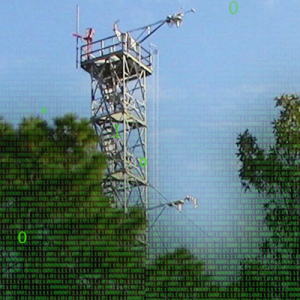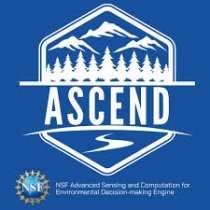API and data availability viewer now live on the NEON data portal
October 20, 2016
In response to suggestions from the scientific community, we’ve expedited the production of some new features to the data portal to help you better navigate the data NEON provides! In addition to browsing and downloading data packages on the NEON data portal, you can now use a newly launched prototype Application Programming Interface (API) as well as a compact browser viewer to easily view data availability for each field site by data product.
The NEON Data API
The API is free to use and allows you to retrieve:
- Field-based instrument and observational data
- Metadata for current and future data products
- Field site metadata
- More granular location metadata--from towers to measurement plots, observation spots, and more
NEON’s API provides a basic means of constructing URLs that return information in a common machine-readable format, JSON (JavaScript Object Notation).
Explore the API Call examples on the API page on the NEON data portal by selecting an example, clicking GET and then clicking on the Try it button.
Give us your feedback
If you are an API user, we encourage you to test out the API and give us your feedback. We would love to know how you would use the API - ideas and example uses, and/or if you run into any issues. Please visit NEON’s public GitHub repository to share your thoughts!
Wondering what an API is?
If you are unfamiliar with the concept of an API, think of an API as a ‘middleperson' that provides a communication path for a software application to obtain information from a digital data source. APIs are becoming a very common means of sharing digital information. Many of the apps that you use on your computer or mobile device to produce maps, charts, reports, and other useful forms of information pull data from multiple sources using APIs. In the ecological and environmental sciences, many researchers use APIs to programmatically pull data into their analyses.
About the Data Availability Feature
Once fully operational, the National Ecological Observatory will provide over 180 data products and will stream data from over 80 field sites. In the interim, while field sites are still being constructed and data products are becoming available, we have created a simple, interactive data availability page to help users determine if and where the data they want are available. Simply select a data product from the dropdown menu to discover its availability across all NEON field sites. Check out the new data availability page now.
Interactive Data Product Catalog
In recent months, we have also launched an interactive data product catalog on the NEON data portal that is powered by the NEON API. The catalog is especially useful for helping you understand what data products NEON produces and if they are available yet.
Have additional ideas and feedback about the NEON data portal? Share your thoughts.

